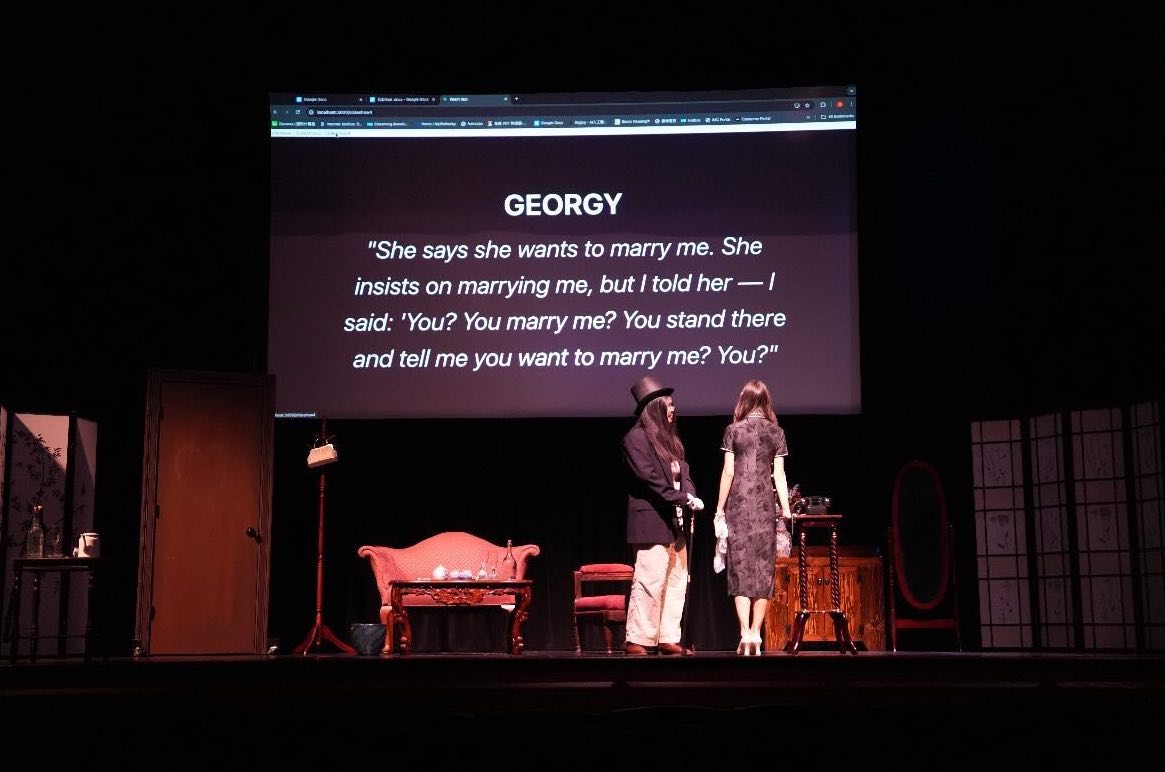Andy Muschietti’s “It Chapter Two” fails to reach the high expectations that the first “It” set as the highest-grossing horror film ever. The almost three-hour-long film loses itself in the story and fails to successfully close many of the doors opened by the first film. Although it delivers an engaging cast of characters, it masks scares in unnecessary CGI monsters and poorly-timed humor.
After attempting, in the first film, to defeat a shape-shifting demonic clown, which represents the literal embodiment of fear, in the first film, “It Chapter Two” follows the return of the ‘Losers’ Club’ 27 years later. The now-adult group must return to their childhood home when the creature returns from its hibernation to feast on the children of Derry, Maine. Now 2016, Mike Hanlon (Isaiah Mustafa) calls on the rest of the Losers, reminding each member of their promise to defeat the monster. However, what is most unsettling is that none seem to remember their years spent in Derry, a strange phenomenon that only seems to clear once they return. After establishing the long-awaited reunion, the film follows their quest to defeat the monstrosity before It kills them.
The best and most redeeming quality of the film is the perfect casting of the adult Losers. Each of the Losers has an uncanny resemblance to their younger counterpart’s mannerisms and facial features, matching exactly what the audience had hoped for. They not only fit the physical requirements but also have perfect chemistry with one another. Each is revealed in an “Ocean’s Eleven” style montage, as their 40-year-old personas are detailed in occupations and relationships that seem to embody their 13-year-old selves: Beverly (Jessica Chastain), a major fashion designer, is clouded by the abuse of her father from the first film, as she is now married to another abusive man; Bill (James McAvoy), a mystery novelist, unhappily married to a famous actress; Richie (Bill Hader), a stand-up comic; Ben (Jay Ryan), an architect who is now overly in-shape, a major plot point when his child counterpart was the overweight character of the group; Eddie (James Ransone) a risk assessor who has ‘married his mother;’ and Stanley (Andy Bean), a well-off accountant and “weakest” of the group.
In spite of the ensemble’s refinement, “It Chapter Two” refuses to move on from their pasts, as the fear of It and unresolved emotions of each character mirror the same instincts they had as children. In this way, the film leans heavily on replaying edited clips from the first film by defining each character by their actions and thoughts as children. Pennywise is ultimately defeated by the adult Losers using tropes from the first film, in which they conquer their fears by working together and through the power of “belief.” The message of friendship and love resolves in a cheesy message, again, encompassed by their childhood counterparts.
However, most important to determining the film’s quality is the scare factor. No matter how perfect their cast is, a horror film is not a horror until it scares its audience. The scariest moments in the film are those that include Pennywise the Clown or the Losers’ old bully, Eddie Bowers, a recently-escaped prisoner who mirrors the archetype established by Michael Myers in John Carpenter’s “Halloween.” Yet, the film seems to sabotage itself, pouring too much of its doubled budget into CGI monsters that pay homage to other iconic horror films such as “The Thing.” In fact, a large percentage of the creatures stems mostly from iconic 80s horror films. The iconic figure in “It Chapter Two,” Pennywise the Dancing Clown, appears minimally and has been replaced by his “tricks” through these faked monsters, despite Pennywise traditionally being the film’s central antagonist. The use of eyeball creatures and spider legged-human heads appear more comical than fearful. Unfortunately, the further the film strays from its almost-human monsters, the further it strays away from actually scaring its audience. Most disappointing is that the best scares happen in the opening scene of the film. The film opens with a problematic and intense hate crime against a gay couple which ends in Pennywise feeding on the couple before the iconic red balloons descend over the scene. Needless to say, this scene could have done with a trigger warning. Nevertheless, it’s disheartening when the best scare of the film has already happened within the first five minutes, and your anticipation dwindles when you realize this horror film is no longer a horror film.
The greatest cause for missed opportunities to scare the audience seems to be the film’s overuse of ill-timed one-liners which break the more dramatic and scary sequences. Even when a horrifying zombie-creature throws up in Eddie’s face, the film can’t help but overlay the projectile vomit with 10 seconds of Juice Newton’s “Angel of the Morning” because, for some reason, the director has decided anything remotely scary needs to be balanced with some humor.
Worst of all, the film seems to be aware of its bad scares and is conscious of its ‘bad-ending’ the entirety of the story. Stephen King appears in a Stan Lee-style cameo, marking a somewhat dual seal-of-approval and apology. When adult Bill enters an antique shop, the owner (King) asks if he is Bill Denbrough, the well-known mystery/horror novelist in the film’s universe, mirroring King’s own role in our world. When Bill asks if he would like his copy of the book signed, which conveniently sits on King’s desk, he declines, because he “disliked the ending.” And he’s not the first; Bill’s wife and the entire Losers’ Club respond similarly as they also disprove of the novel’s ending. It feels more like a half-hearted attempt to publically excuse “It Chapter Two” from its anticipated scares and its equally bad-ending.
“It Chapter Two” is successful in its perfect-chemistry casting, but still fails to deliver some major plot points, all while managing to be nearly three hours in length. It attempts to be a successful horror film while balancing a love triangle, closure-arcs and a comedy line-up, only proving that a bigger budget and A-list celebrity cast doesn’t always make for a better film.







